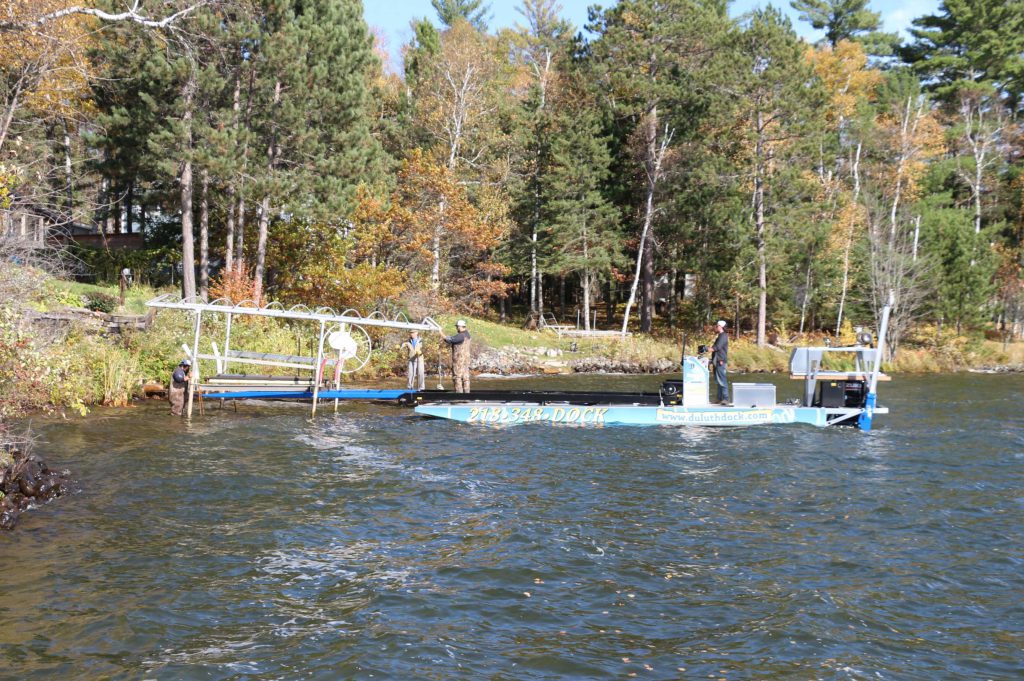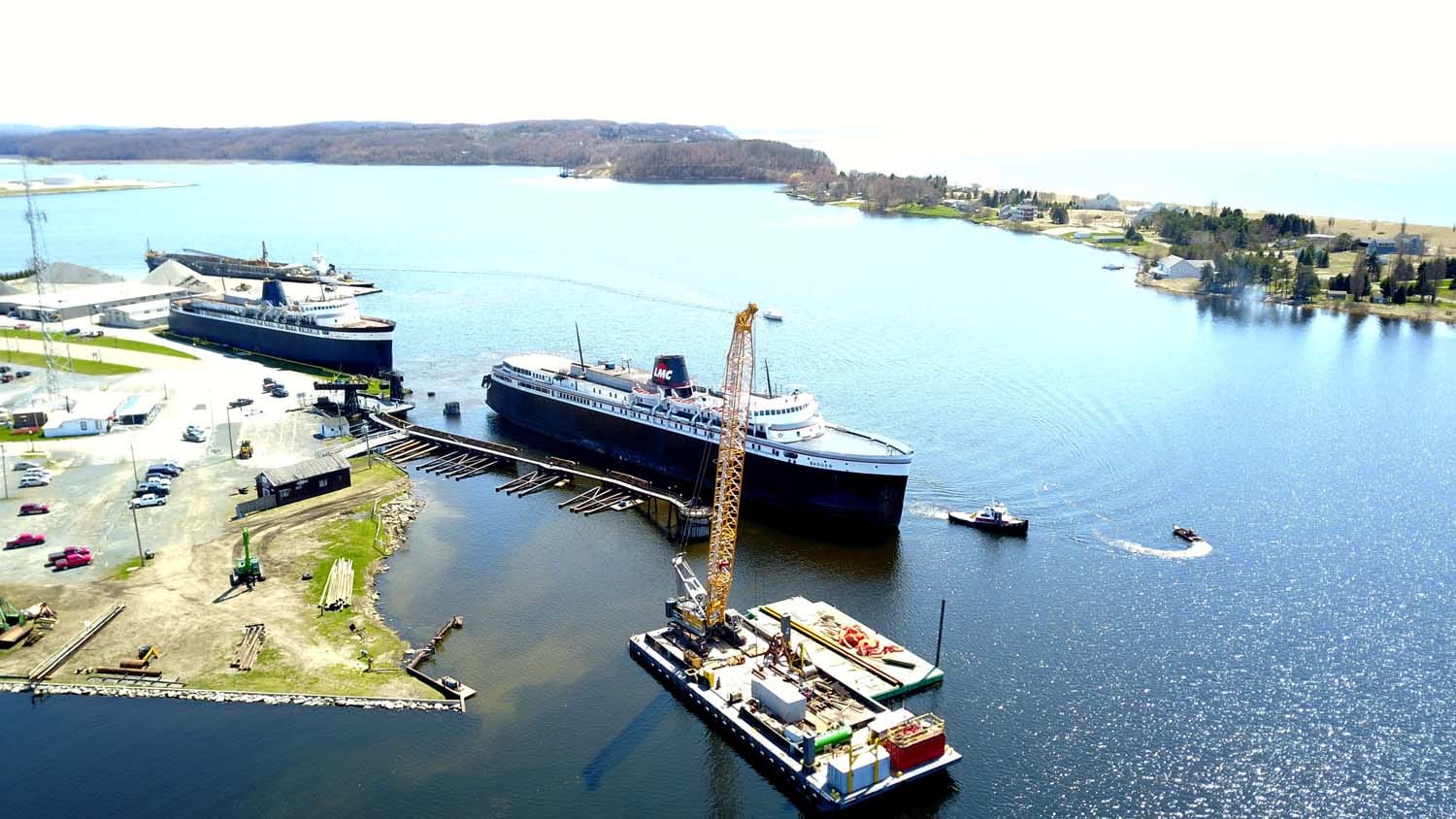How to Address Common Dock Repair Service Issues for Safe Water Tasks

Identifying Common Dock Issues
Identifying common dock problems is important for keeping the capability and security of your waterfront residential property. Normal inspections can aid uncover troubles before they come to be serious, making certain both the long life of the dock and the safety of those who use it.
An additional common issue is the destruction of flotation protection gadgets. These tools are essential for maintaining the dock resilient, and any type of damages or slits can create the dock to listing or sink. Routinely looking for leakages or water logged drifts can preempt more considerable problems.
Additionally, algae and barnacle accumulation on the dock's surface can create harmful and slippery problems. This biofouling not only positions a danger to individuals however can likewise speed up the damage of the dock products.
Lastly, checking for indicators of rust on metal components is crucial. Corrosion can endanger the stability of the dock's framework, making it harmful. By regularly determining these usual dock issues, you can make certain that your dock remains secure and useful for many years ahead.
Repairing Rotting Timber
When dealing with the problem of decomposing timber on your dock, it is vital to act promptly to avoid more damage. Begin by thoroughly checking the entire framework to determine all affected locations. Use a screwdriver to probe the timber; if it sinks in conveniently, the wood is most likely decayed and requires instant interest.
As soon as recognized, eliminate the rotted areas using a saw or carve. Make sure to cut down to healthy, strong wood, ensuring you remove all endangered material. After elimination, treat the staying wood with a timber chemical to stop future rot. This treatment will certainly aid secure versus moisture, which is the primary root cause of timber decay.
Next, replace the eliminated sections with marine-grade lumber or pressure-treated wood, which are extra immune to water damages. Secure the new items with galvanized or stainless-steel bolts to stop deterioration. Additionally, applying a water resistant sealer to the brand-new wood can give an extra layer of defense.
Securing Loose Boards
Exactly how do you guarantee your dock stays safe and practical for all its users? One essential aspect is safeguarding loose boards, which can or else posture substantial dangers. Loosened boards not only enhance the threat of stumbling yet can also jeopardize the structural honesty of the entire dock.

For reinstallation, make use of galvanized or stainless steel screws, as these products supply superior resistance to deterioration in aquatic environments. Guarantee the screws are long sufficient to go to these guys pass through deep into the underlying support framework, however not so lengthy that they protrude through the dock's surface area. Pre-drilling pilot holes can assist stop the timber from splitting.
Finally, preserve a routine inspection timetable to recognize and deal with any kind of new concerns quickly. By safeguarding loosened boards properly, you add to the general safety and durability of your dock, making it a dependable system for water tasks.
Stabilizing Unstable Pilings
Guaranteeing the security of unstable pilings is critical to keeping a secure and practical dock. Unstable pilings can jeopardize the whole structure, presenting substantial dangers to users and potentially bring about expensive fixings. The primary step in supporting these important parts is an extensive assessment. Take a look at the official site pilings for indications of rot, damages, or moving. Make use of a level to look for vertical alignment and ensure they are driven deep enough right into the substrate to provide sufficient assistance.
If the pilings are located to be unstable, one efficient technique for reinforcement is making use of added supporting. Cross-bracing with dealt with lumber or galvanized steel can considerably improve security. Anchor the braces safely to both the pilings and the dock frame to distribute lots uniformly.
Normal upkeep and routine reassessment of the pilings' stability are important to guaranteeing lasting dock safety and capability.
Replacing Rusty Equipment
Attending to unsteady pilings is simply one aspect of keeping a dock's integrity; an additional important issue is changing corroded hardware. Gradually, exposure to moisture and salt can lead to the oxidation and corrosion of brackets, screws, and screws, jeopardizing the whole structure's safety. Regular assessment for rust is important, especially after serious weather or seasonal adjustments.
When rusty equipment is recognized, immediate activity is called for. Begin by choosing marine-grade stainless steel or galvanized equipment, both designed to withstand the rough marine atmosphere. Ensure that you have the suitable devices, such as wrenches and screwdrivers, to securely get rid of the old, corroded items without triggering further damages to the dock.
After eliminating the rustic hardware, extensively clean the impacted locations to remove any kind of recurring corrosion or particles. Apply a rust-inhibiting guide to exposed steel surfaces prior to mounting the new equipment. Tighten all components firmly to avoid future helping to loosen, and occasionally evaluate the installations to ensure continuous stability.
Replacing rustic hardware not only prolongs the dock's life expectancy yet also significantly improves the security of water tasks. By proactively managing rust, you safeguard both the framework and its users, making sure a delightful and protected waterside experience.
Final Thought
Regular evaluations and upkeep are important to address common dock repair issues and make certain secure water tasks. By determining and fixing issues such as rotting wood, loosened boards, unstable pilings, and rustic hardware, architectural stability and longevity can be significantly boosted. The application of ideal treatments and marine-grade materials better fortifies the dock versus environmental more helpful hints stress factors. Such positive measures add to the overall safety and security and functionality of dock frameworks, fostering a safe atmosphere for water-based tasks.
Making certain the security of water tasks hinges dramatically on the appropriate upkeep and fixing of docks (Dock Repairs). These devices are important for keeping the dock buoyant, and any damage or slits can trigger the dock to list or sink. By consistently determining these common dock issues, you can make sure that your dock continues to be safe and useful for years to come
Ensuring the security of unsteady pilings is critical to keeping a useful and secure dock.Routine examinations and maintenance are important to address usual dock repair service concerns and ensure secure water activities.